QQL through the Lens of Art History: From Systems to Co-Creation
BY HEEEY
In 2022, QQL was released by Tyler Hobbs and Dandelion Mané, introducing a new paradigm of artistic experience. At its core, QQL is an algorithmic system that can produce a vast range of visuals. However, unlike in traditional art markets, collectors aren't just buying a finished piece; they're meant to explore and curate the algorithm's outputs themselves, eventually minting their favorite “seed” as part of the official QQL collection.
QQL broke new ground by redefining authorship, communal curation, and how art unfolds over time on the blockchain. It fundamentally changed the relationship between the artist, the system, and the audience. It's not just another artwork; it's a project that has fundamentally influenced how we think about art creation in the digital age.
Additionally, QQL brings with it the long history of generative art. To really understand QQL's significance, we'll dive into how generative art evolved, 20th-century art movements that conceptually and stylistically influenced QQL, and finally, we'll analyze QQL's unique features and its groundbreaking impact on contemporary art.
What is Generative Art?
Generative art isn’t a single artistic style, but a movement where artists use similar techniques and tools, artist-defined algorithms, processes, or systems. These algorithms can incorporate randomness, automation, or rule-based procedures to generate unique, unpredictable, and often interactive artworks. This approach often blurs the lines between the artist's original intent and the emergent properties of the algorithm. Generative art is dynamic, with each iteration of the algorithm producing a new outcome.
Generative art includes a wide range of styles, each with its unique aesthetic and conceptual framework. Aesthetically, QQL can be classified within the “algorithmic abstraction” style, which focuses on creating abstract compositions using mathematical algorithms. Artists in this style often explore geometric forms, patterns, and textures, generating intricate and visually striking artworks. Beyond algorithmic abstraction, other generative styles focus on organic forms, evolutionary systems, audiovisual experiences, or interactive elements, among many more.
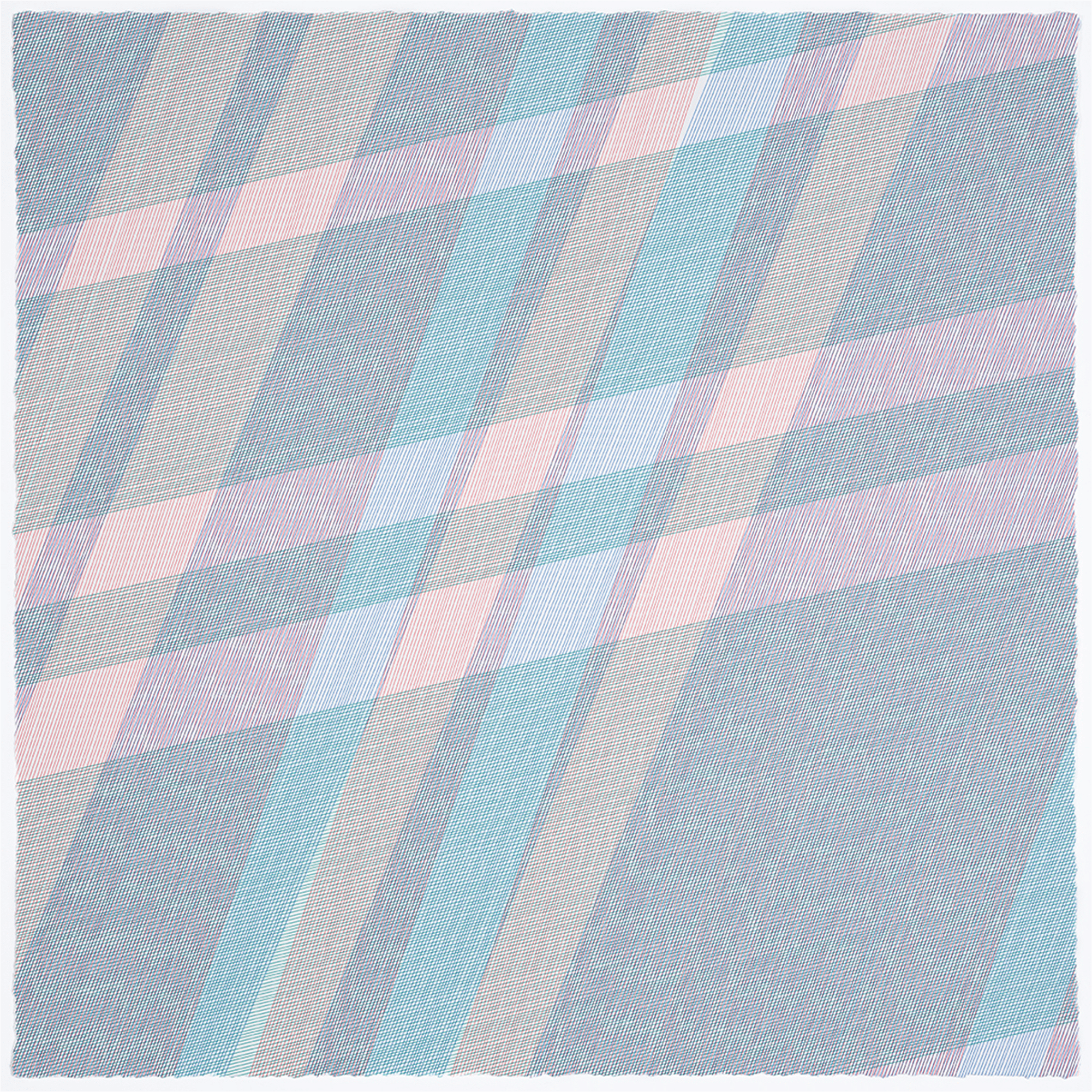
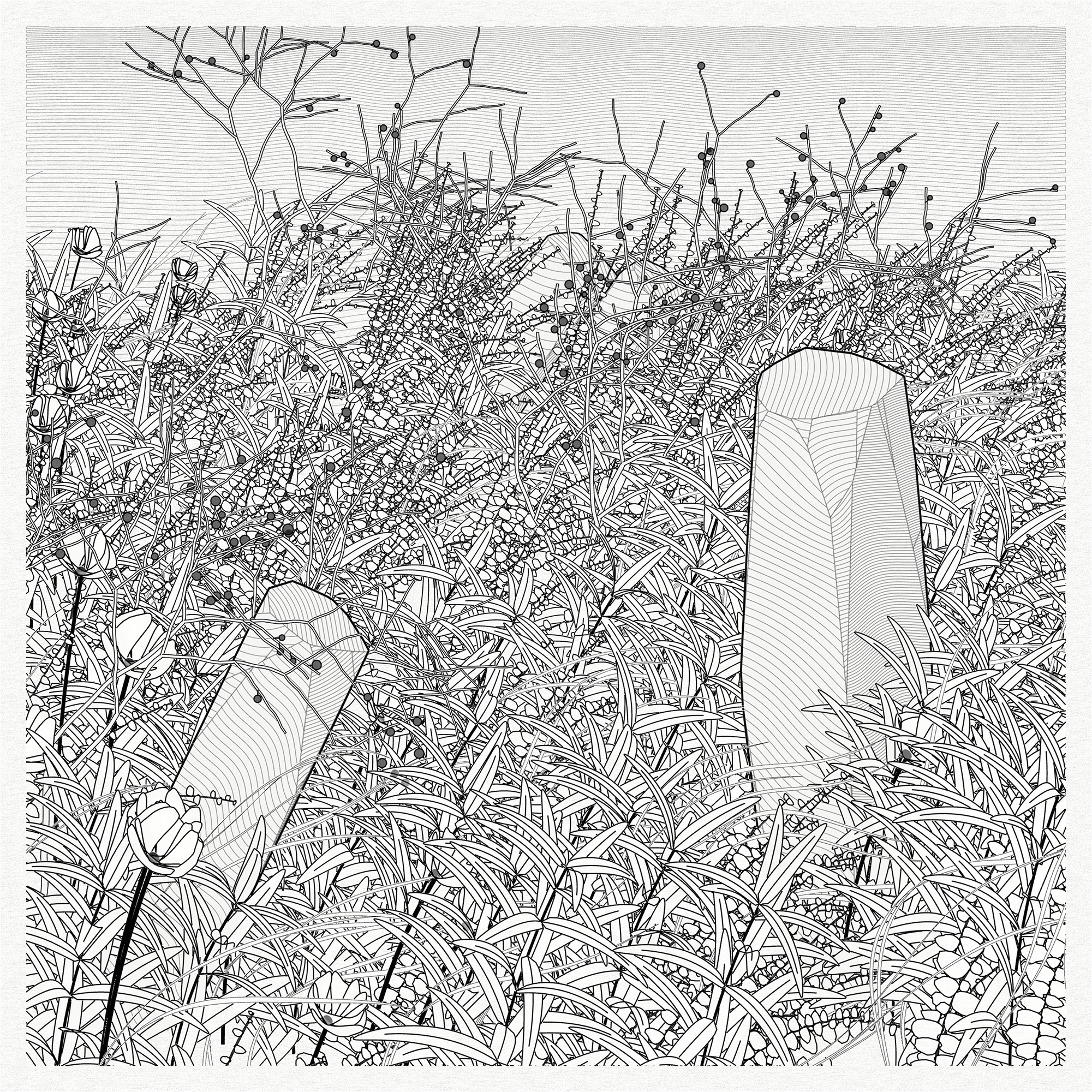
Defining characteristics of generative art include its ability to produce unique and unpredictable outcome, with each instantiation of the generative system resulting in a new iteration of the artwork. This emphasis on uniqueness invites viewers to appreciate the dynamic and evolving nature of generative creations. Additionally, generative art often encourages interactivity and participation, as is the case with QQL, inviting viewers to engage with the artwork in real-time or influence its evolution. This blurs the boundaries between creator and audience and producing a dynamic and collaborative relationship between humans and machines.
Rules, Instructions and Systems
While often associated with digital creation, generative art features a rich pre-digital history, with historical precedents that profoundly shaped its contemporary form. For instance, the rule-based, modular nature of Girih Tiles, used for 800 years in Islamic architecture, offers one of the earliest examples of a geometric pattern system generated through simple, repeatable instructions.
Similarly, the use of randomness found early expression in late 18th-century music through composers like Mozart or Haydn's 'Musical Dice' games, an element now crucial for contemporary generative algorithms. This embrace of chance carried over into the 20th-century Surrealist movement, where artists like André Breton and Max Ernst used automatism and other chance procedures to generate unexpected imagery from the unconscious. This concept of art guided by rules, incorporating elements of chance, extended into instruction-based art practices. Akin to how browsers interpret code today, artists like Sol LeWitt created "Wall Drawings"—executed by others following precise instructions that prioritized the system over the artist's direct intervention. Yoko Ono's "Instruction Paintings" likewise provided text-based instructions for the viewer to carry out, making the idea itself the art.
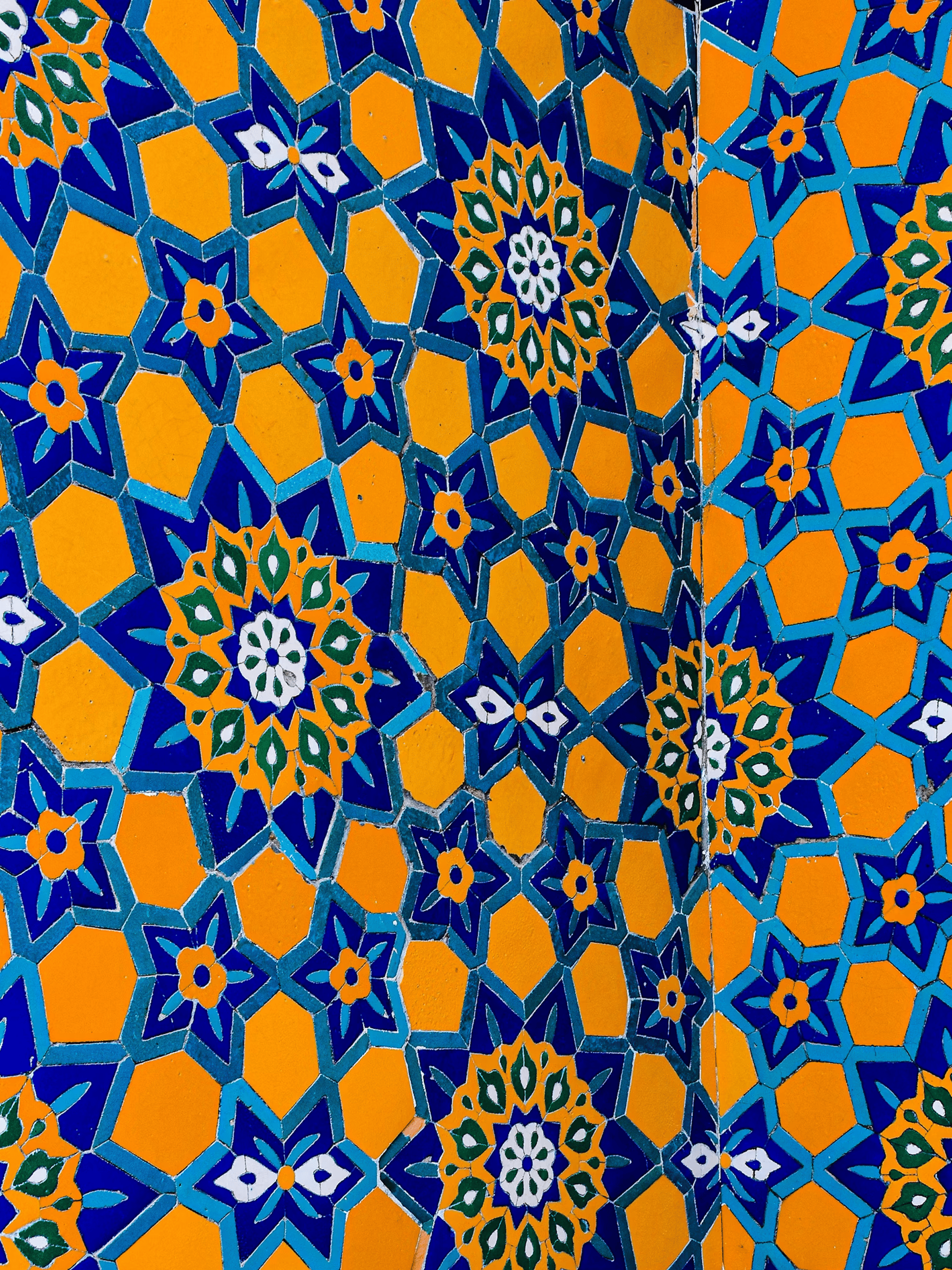
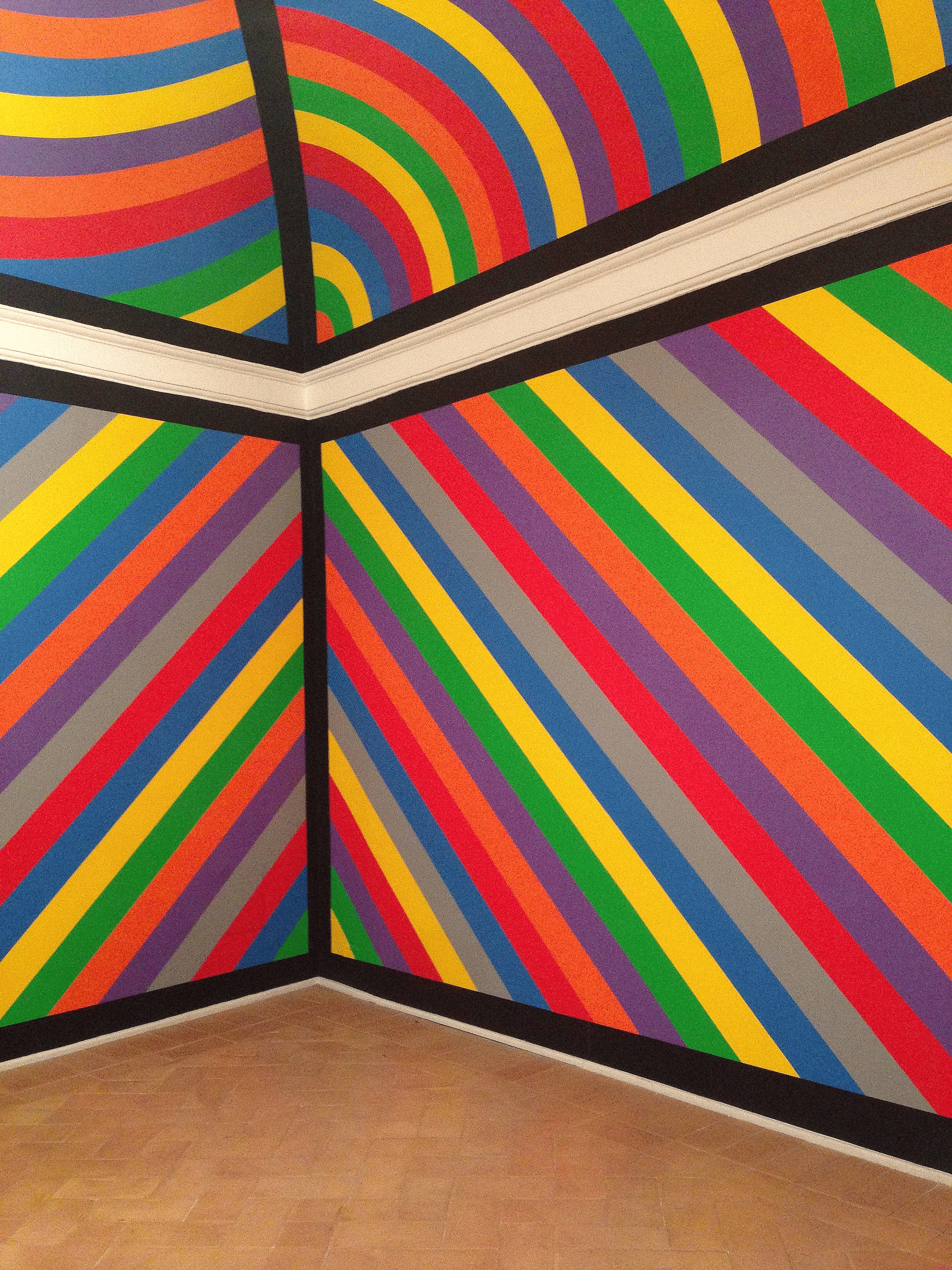
These diverse pre-digital practices—from rule-based patterns and chance-driven music to art conceived through instructions—collectively laid the foundational bedrock for generative art. Their principles remain central to most contemporary generative artworks, including QQL.
In QQL we discover Hobbs and Mané as “system designers” in a way not dissimilar to Hans Haacke or John Cage’s systems. Haacke's art often involved "real-time" systems, like a cube where condensation formed based on environmental factors, meaning the art evolved through a set process rather than a static form. Cage similarly used chance operations to determine musical or artistic elements, relinquishing direct control to a system of rules. In QQL, Hobbs and Mané create the system but give the community the reins to produce the final work.
While most generative art begins with artists defining an algorithm's rules, QQL introduces a crucial difference: it empowers users with interactive parameters. These parameters allow them to influence the final visual artwork that emerges from the execution of Hobbs and Mané’s predefined system.
This presents a key difference to earlier systems art, as those movements often put the concept front and center—using the system to explore big philosophical ideas or processes. QQL, conversely, seems to pivot. Here, the user’s interaction really drives things, with participants becoming parametric artists who push for beauty and aesthetic emergence. It's about prioritizing that stunning visual outcome, rather than simply the conceptual framework behind it.
The Evolution of Generative Art
The emergence of computers in the mid-20th century provided artists with unprecedented tools. Pioneers like Ben Laposky created early "Oscillons" in the 1940s using oscilloscopes, marking the birth of electronic art. Following this, in the 1960s and 1970s, artists such as Frieder Nake, Harold Cohen and Vera Molnár advanced the field, directly using digital algorithms to emphasize art's systematic and procedural creation, laying crucial groundwork.
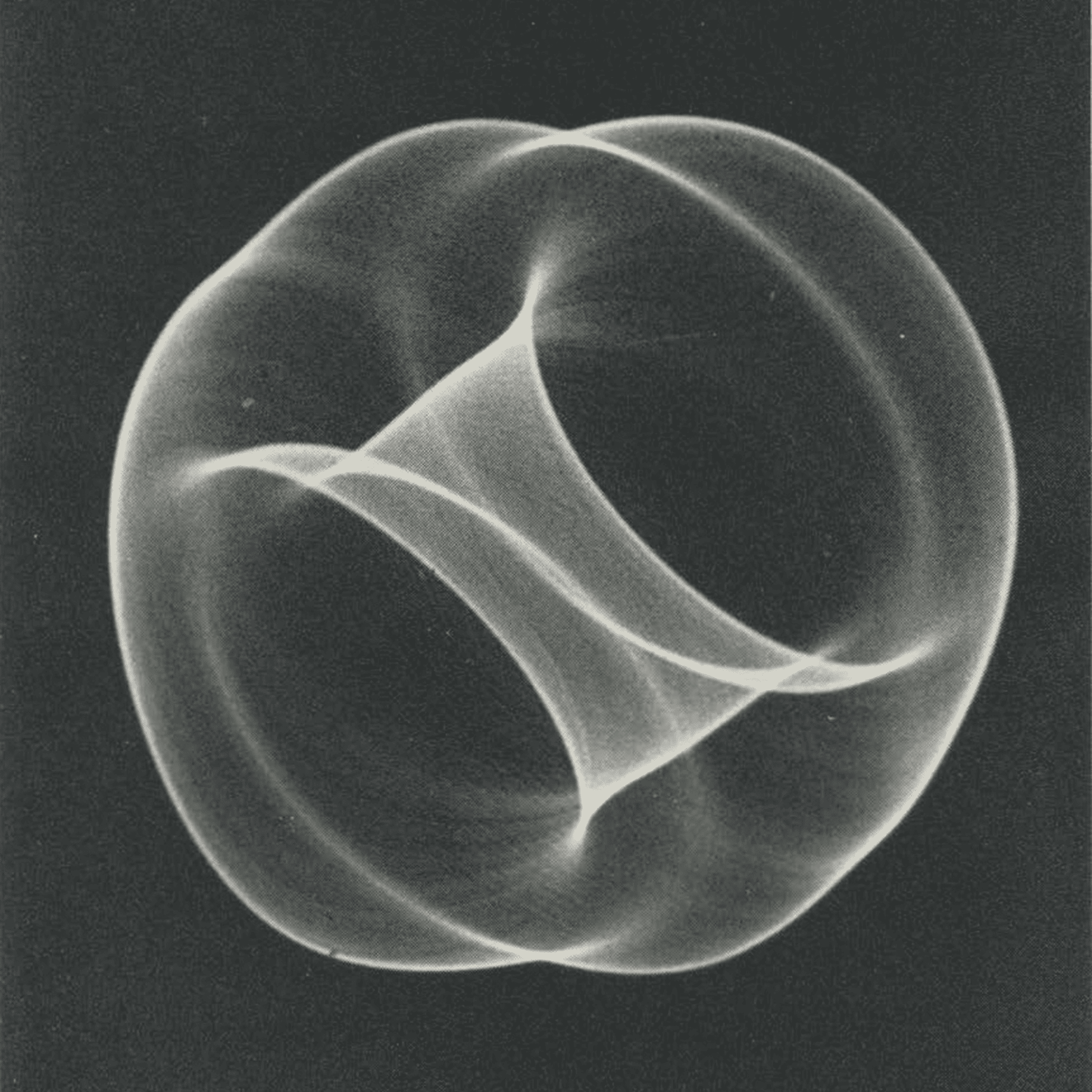

This systematic approach eventually coalesced into the Algorists, a group defined by artist Jean-Pierre Hébert as “those who create art primarily through their own algorithms.” Their manifesto solidified this practice, establishing generative art as a distinct movement. They explored the intersection of art and mathematics, by working with algorithms and procedural systems.
The 1980s and 1990s were key for digital art. Personal computers and new software became widely available, making digital art much more accessible and opening up fresh creative possibilities.
As the internet spread globally, online communities became central to generative art. These online spaces – like forums, social media groups, and specific websites – gave artists, programmers, and enthusiasts places to connect, work together, and share their art. This teamwork pushed the boundaries of what was possible with algorithms, while further opening generative art to a wider community of new creators. Even in the 1990s, Net.art used the internet as its medium, creating interactive websites and digital installations. This early form showed how open collaboration between artists and audiences would become key.
A big turning point came in 2001 with Processing, a programming language made by Casey Reas and Ben Fry. It was simple but powerful, designed for visual art. Processing made code-based generative art accessible, letting all kinds of artists try out computer art.
Around the same time appeared the Demoscene—a subculture pushing computer limits with real-time visuals and sounds. Their demos, shown at global 'Demoparties,' built a lively community of coders and artists, fueling new ideas in real-time graphics."
By the 2010s, even more tools made creative coding easier to get into. p5.js brought Processing's simplicity to web art, ShaderToy let people create amazing real-time visuals with code, and openFrameworks offered a C++ toolkit for bigger multimedia projects. These easy-to-use tools, along with active online communities, kept pushing art and technology forward.
Art on the Blockchain
Blockchain technology connected with generative art by enabling artists to authenticate their works on a decentralized ledger. Through its transparency and immutability, Non-Fungible Tokens (NFTs) provided verifiable provenance and ownership, fundamentally changing how generative art is perceived, valued, and traded. This intersection was rapidly accelerated by the rise of blockchain-based NFT platforms, which opened new marketplaces and opportunities for artists and collectors.
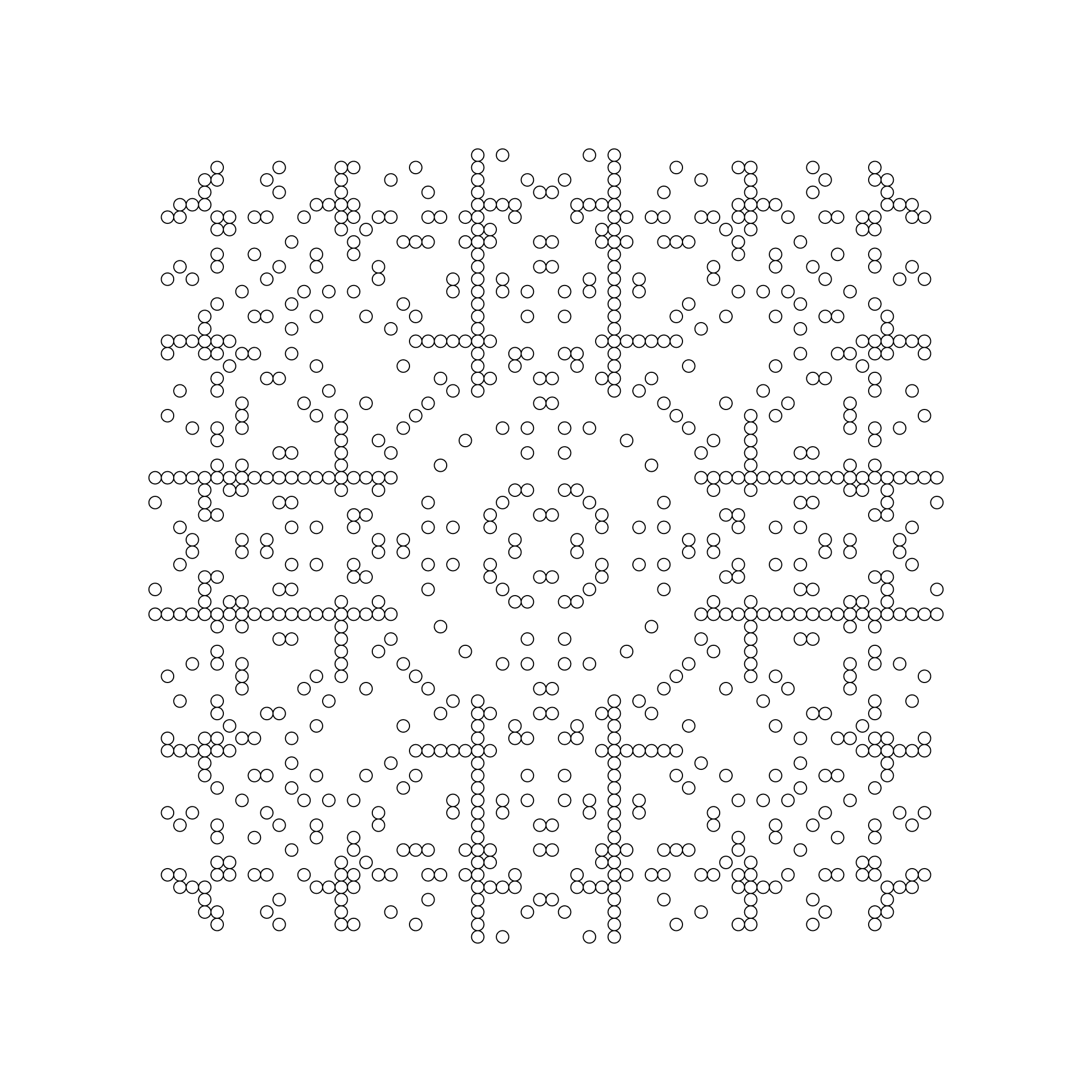
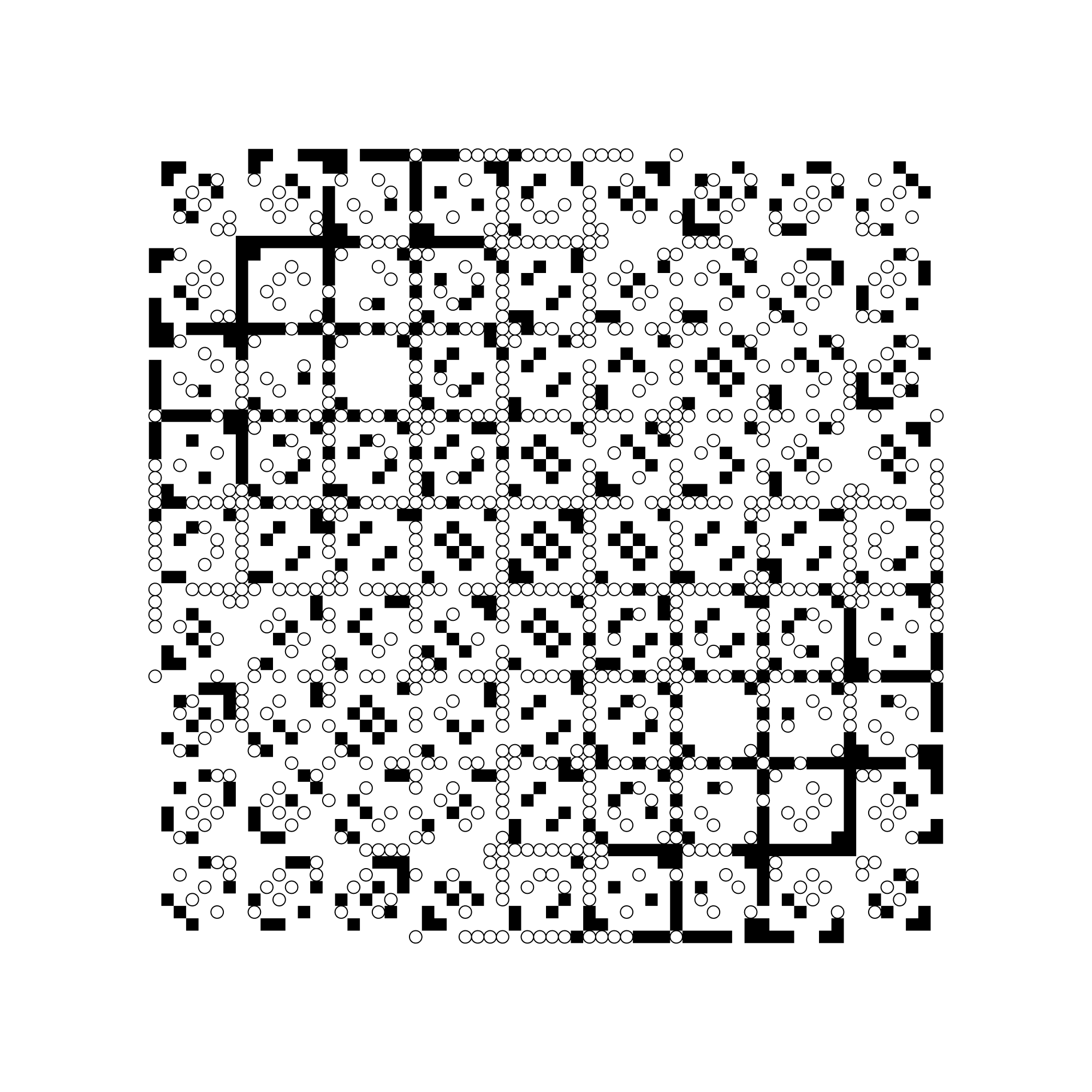
We find the origins of this shift in 2017, with projects like Cryptokitties and CryptoPunks. These introduced unique, algorithmically combined digital collectibles, showcasing the power of algorithms for creating individualized digital assets and the potential of digital ownership. In 2019, Autoglyphs then pioneered a crucial difference: it was the first project to generate art entirely from code directly on the Ethereum blockchain. If CryptoPunks were portraits, Autoglyphs were sheet music: pure algorithms that lived and played out entirely on-chain.
Inspired by this growing market, OpenSea launched in December 2017. It quickly became a key, user-friendly marketplace that made digital art accessible. It helped artists reach a global audience and allowed collectors to easily buy unique NFTs across diverse formats. OpenSea's blockchain integration ensured transparency and trust, catalyzing rapid market growth.
Long-form Generative Art
A fundamental shift in generative art's creation came with the concept of long-form generative art, a term coined by Tyler Hobbs. Previously, artists often curated just a few select outputs from their algorithms. Long-form, by contrast, demanded algorithms robust enough for "blind minting"—where hundreds or thousands of unique outputs could be generated, all consistently falling within the artist’s vision.
The launch of Art Blocks in late 2020 helped formalize long-form generative art as it brought this new paradigm of variability and emergent behaviors in artistic expression to the forefront. Art Blocks' curated platform for algorithmically generated NFTs attracted immense interest from artists, collectors, and curators, thereby significantly expanding the genre's reach.
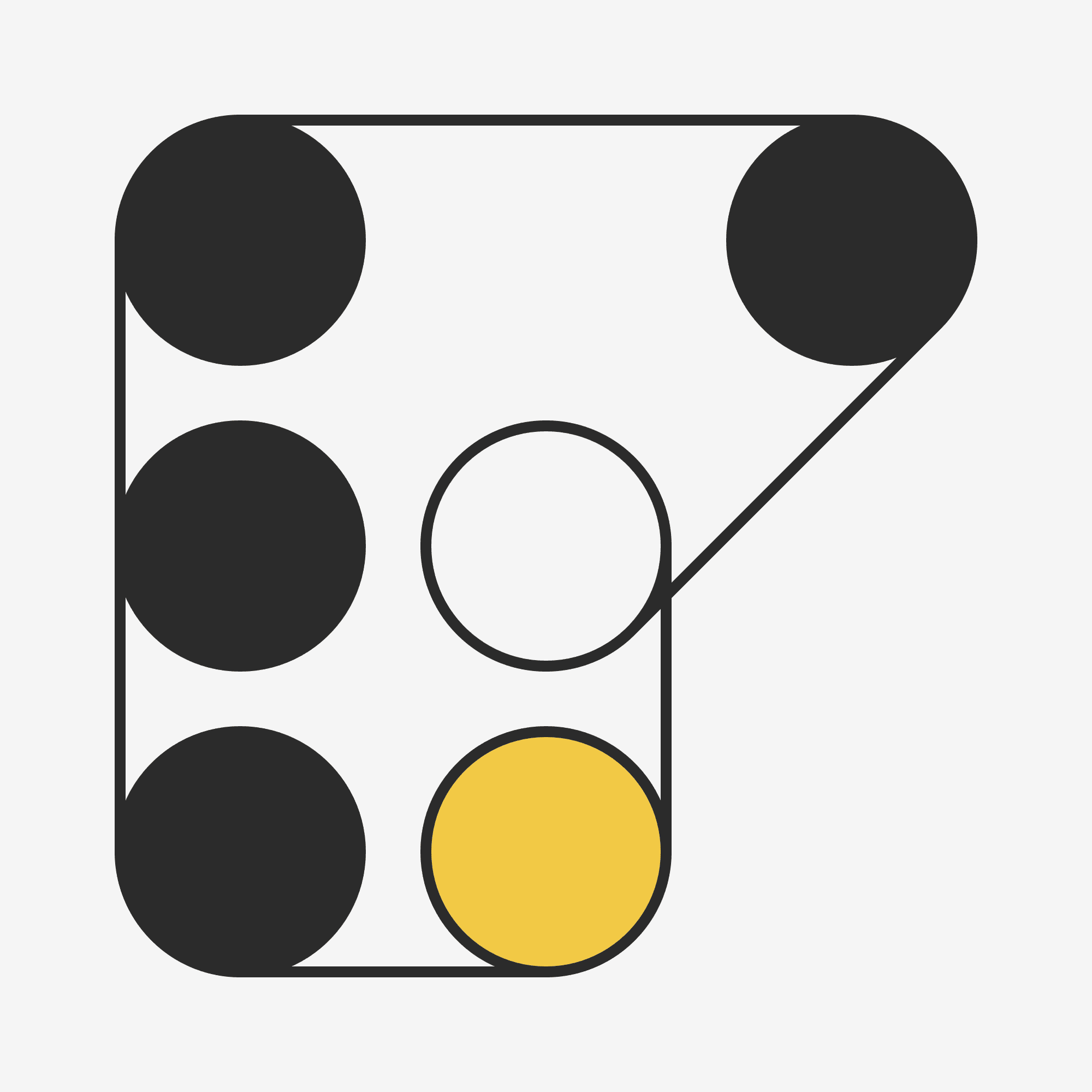
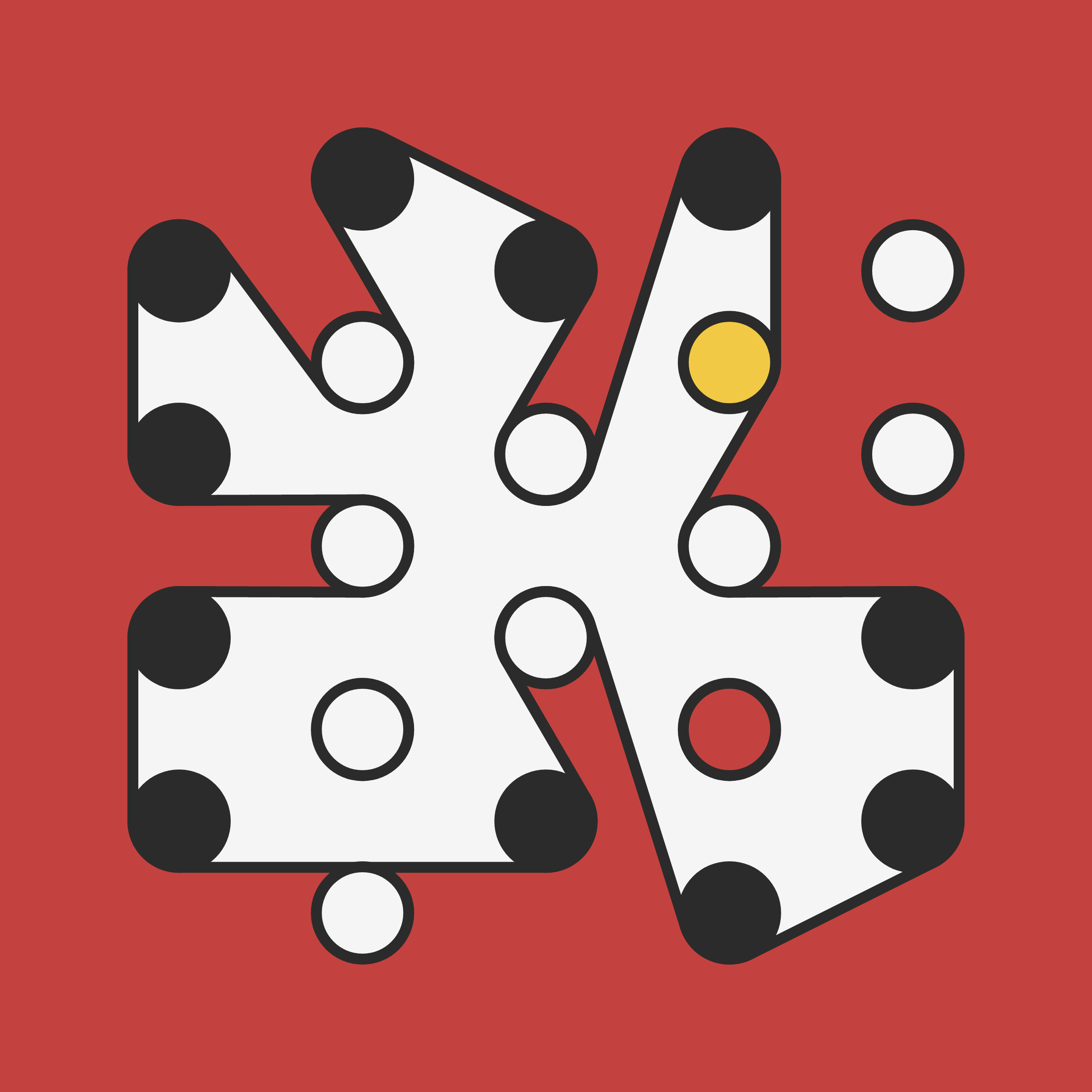
The use of deterministic pseudo-randomness—with algorithms that under the same circumstances, usually a given seed, will always generate the same outcome—in generative artworks made it possible to reproduce algorithmic iterations over and over again. This was crucial in order to track and archive long-form generative artworks and also empowered blockchain-based activity.
Following Art Blocks' success, numerous other platforms emerged, building on its model and further decentralizing the creation and distribution of generative art NFTs. Today, the genre continues to evolve, with artists exploring diverse algorithmic approaches and solidifying its place in the broader art world.
What makes QQL unique
Compared to the breadth of long-form projects released in 2021 and 2022, QQL presented a series of innovations that cemented it as distinctive artwork with a unique approach. Unlike most long-form projects where artists maintained tight curatorial control over algorithmic outputs, Hobbs and Mané left QQL as an algorithm with room to discover unexpected and emergent visuals.
To accomplish this, they designed QQL as a complex algorithm that contains far more variation than what's found in the "average" long-form artwork. For example, QQL color palettes are variable and make use of some of the colors available instead of all of them, as is the norm in long-form projects. Likewise, we see a range of directions and structures that, together with extremely diverse ring sizes, add a large possible range of compositions.
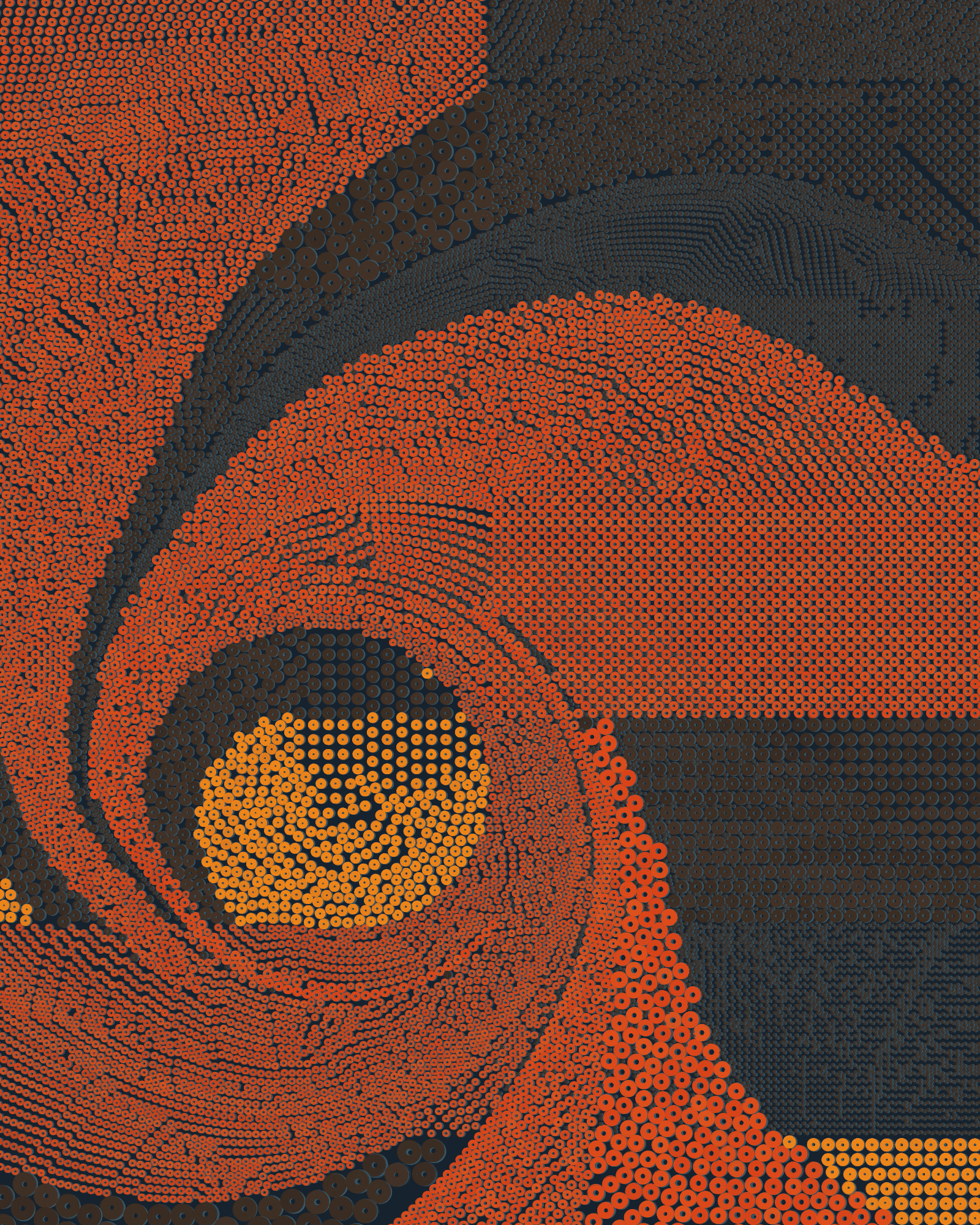
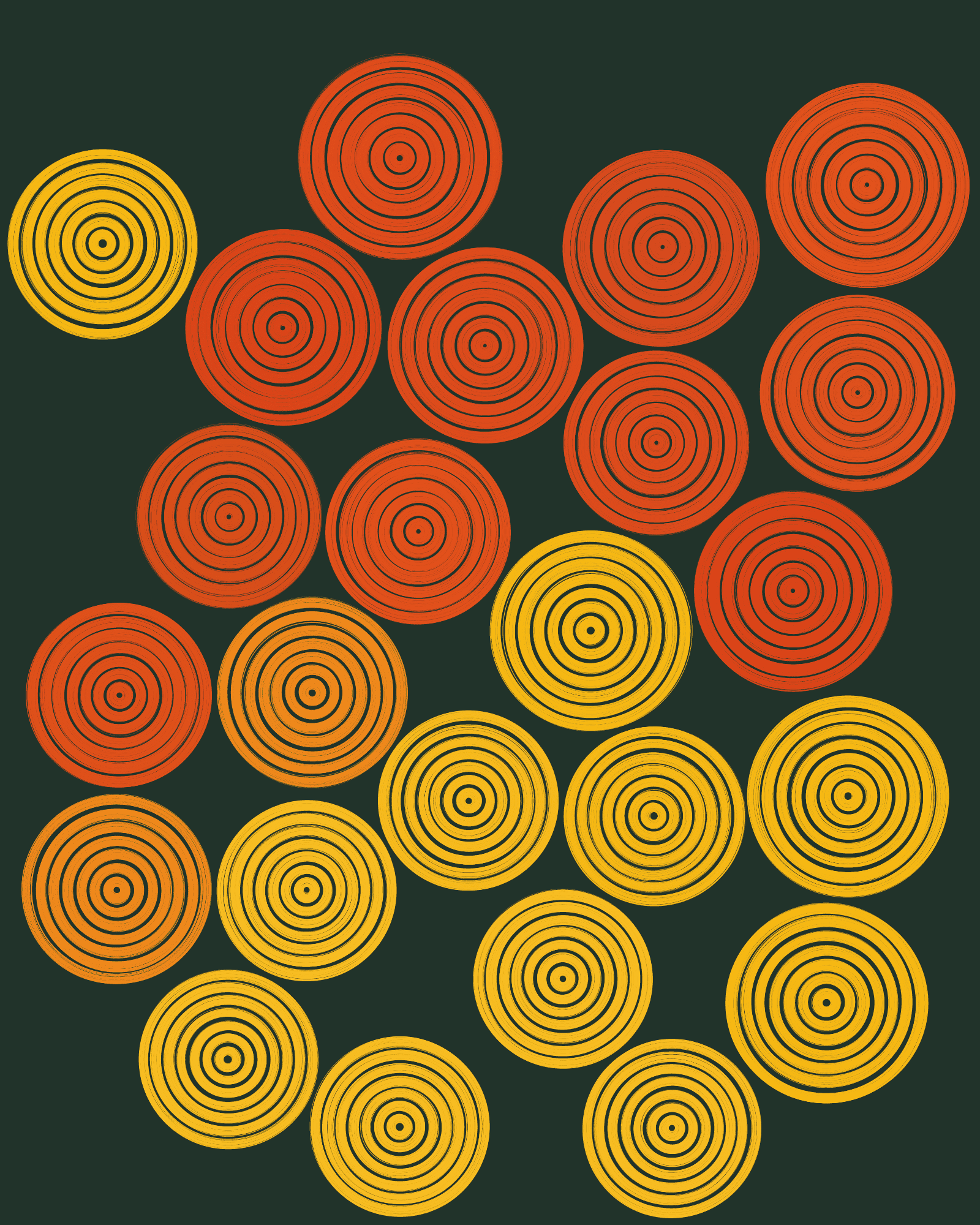
Long-form generative art made blind minting a standard practice. This means that mint-day collectors can understand beforehand what sort of images an algorithm may produce, but the actual iteration they mint isn’t unveiled until after the purchase has taken place. Blind minting is a bit like buying a ticket to a concert to your favorite band without knowing what music will be played. You trust the composer (the artist) and the venue (the platform) that whatever unfolds will be worthwhile, but your role ends at purchasing the ticket. There’s an element of surprise (maybe delight, maybe disappointment) but you remain a spectator. QQL inverts this by giving collectors the possibility to curate their iteration, deciding which image produced by the algorithm is their favorite, or at least the one they want to mint. In this sense, QQL’s mint passes are less like attending a concert and more like stepping onto the stage with the band itself. The “score” is Hobbs and Mané’s algorithm, but you get to explore the variations, refine the parameters, and decide which particular song becomes part of the album. Instead of being a passive audience member, you’re a co-creator, shaping the final piece that enters the canon of QQL
Although QQL is not the only artwork where curated minting was used during these years, it certainly is the only one that is extensively explorable and thus massively curated. In the first year since its release, more than 30 million QQL seeds were generated through the QQL website, and half a million of those were "favorited" by parametric artists. Since then, two years have gone by, and many million more seeds have been discovered. This is testament to how different seeds can look, how generating just a handful of seeds only scratches the surface of the algorithm, and how, for someone to fully understand and appreciate the artwork, they need to spend a sizable amount of time on it.
The QQL marketplace is both a unique approach to co-creation as well as the simplest way to get a feeling for what type of seeds the QQL community have discovered. Thanks to leveraging blockchain technology, anyone can put their favorite seeds up for sale on the QQL Marketplace and have a collector with a Mint Pass purchase one of them to mint it as a permanent QQL.
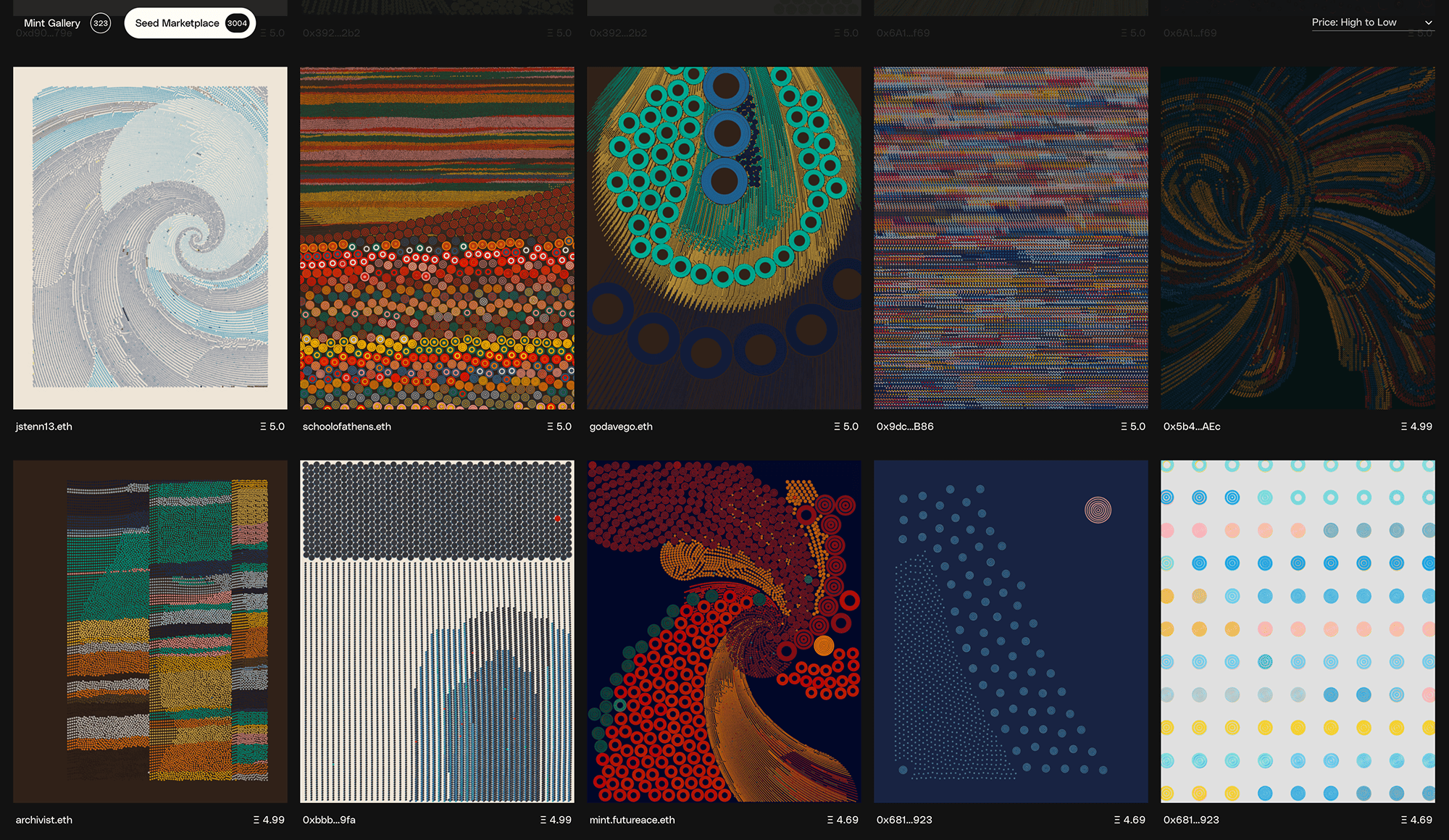
Mint Passes are another unique mechanism employed by QQL to make the artwork’s co-creation concept possible. At the time of release in 2022, would-be collectors had the opportunity to purchase a QQL Mint Pass, which granted them the rights to mint a QQL into the final collection at a time of their choosing. This was, again, made possible and untamperable through blockchain technology and empowered the subsequent algorithm discovery that has been taking place ever since.
QQL’s Stylistic Ancestry
We can categorize QQL's connection to the evolution of systems art and generative art as both conceptual and procedural in nature. However, it’s by looking at the images that the algorithm can produce that we can discover further connections, stylistic connections in this case, to other art movements.
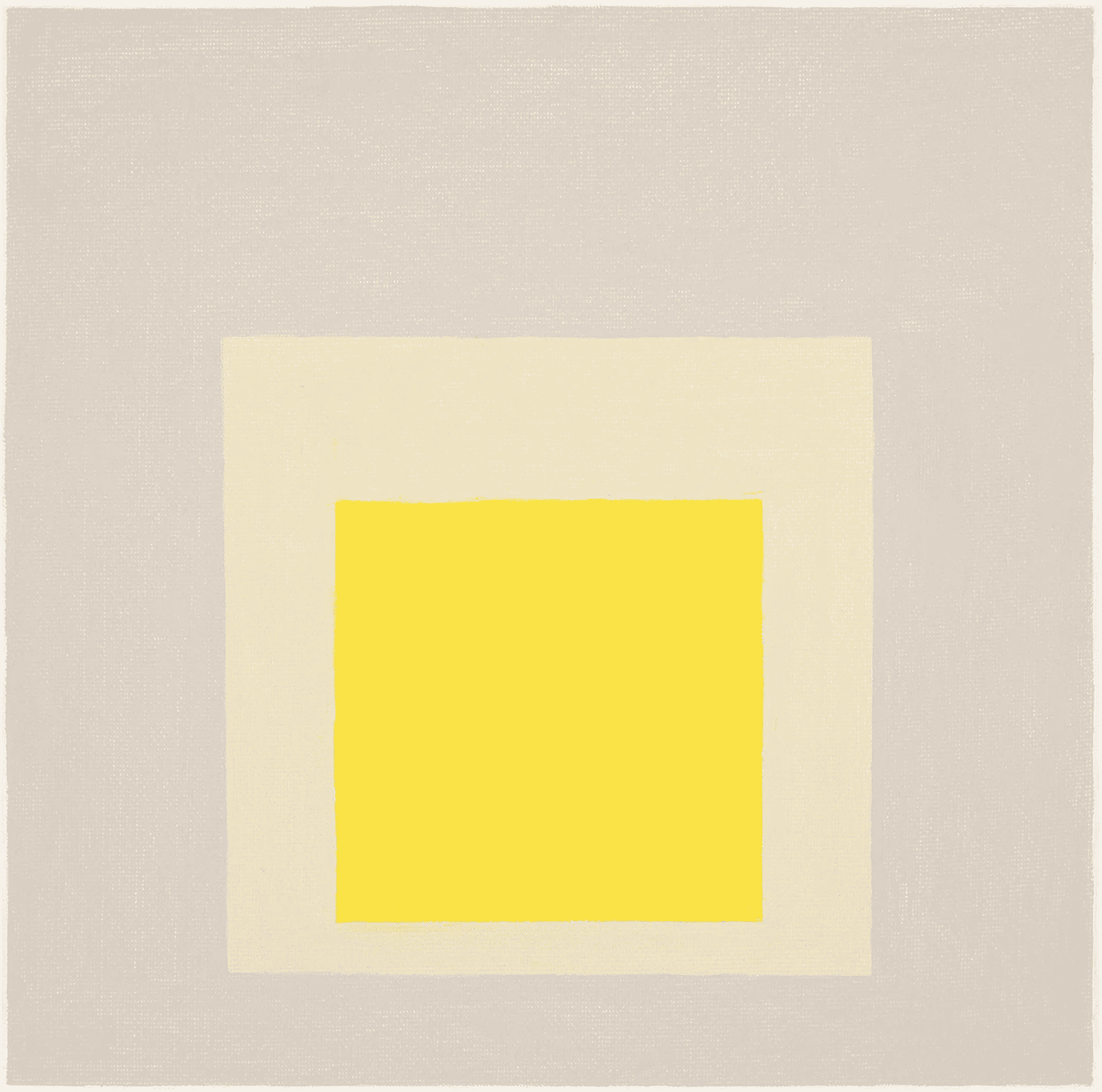
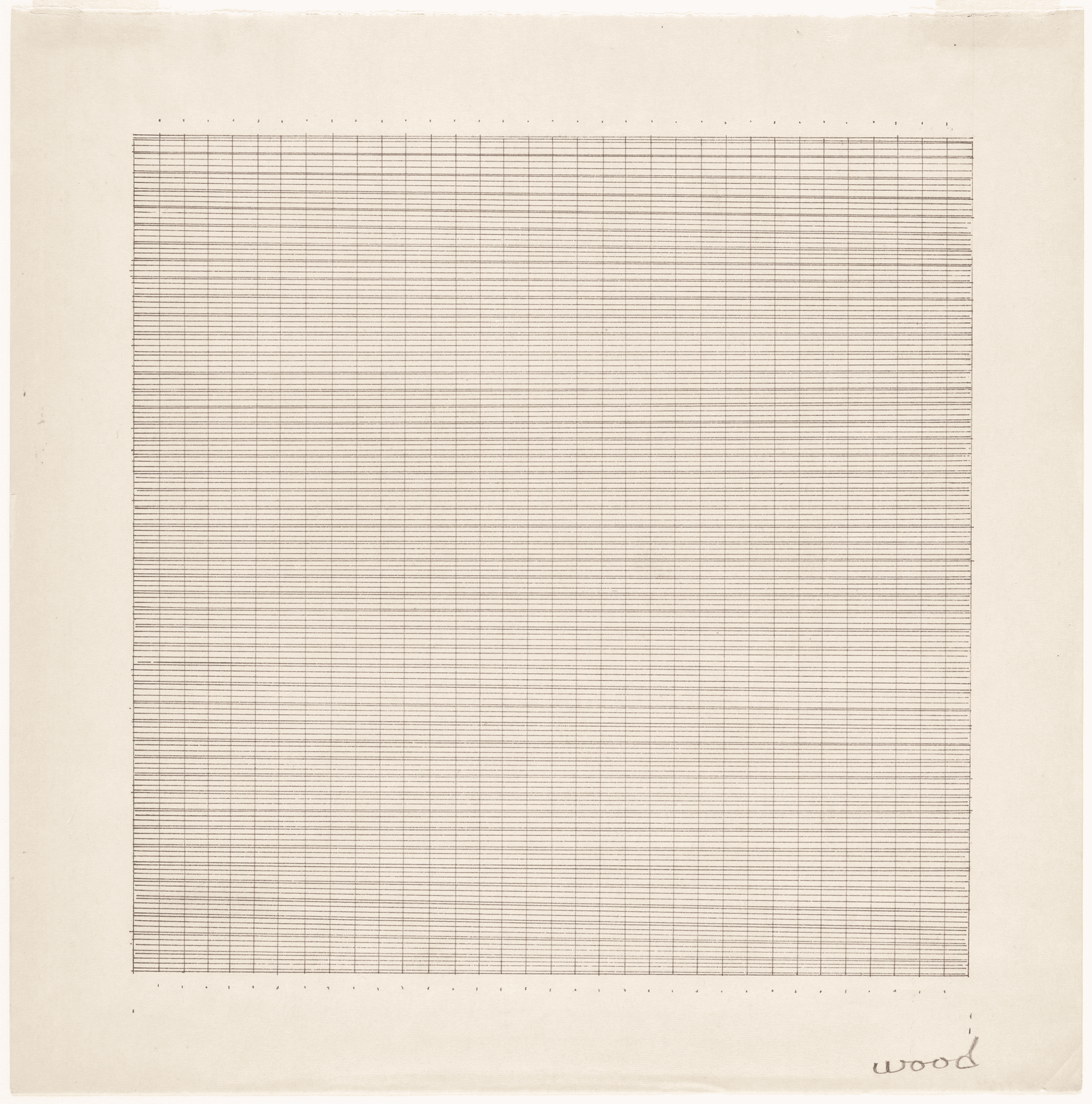
Visually, QQL's designs often draw from Abstraction and Minimalism. Its outputs, frequently showing clean geometric forms, structured layouts, and careful use of lines of rings as well as color fields, echo the deliberate compositions of Geometric Abstraction. In QQL’s use of color and its diverse compositional structures, we can see Piet Mondrian's precise balance or Josef Albers' systematic color studies. QQL also resonates with minimalist repetition and variation. By using repetitive patterns and subtle changes within its structures, resulting seeds often have a sense of calm order much like Agnes Martin's meditative grids.
Beyond minimalism, QQL pushes into the dynamic visual play of Op Art as well. Some of its outputs, especially those with high turbulence where rings break their pre-structured order and seem to bump into each other, generate intriguing optical illusions and a subtle sense of movement. These visual effects can remind us of the mesmerizing works of Op artists like Carlos Cruz-Diez, whose “Physichromies” use precisely placed color modules to create evolving chromatic experiences as you move past them. In a similar fashion, QQL’s semi-regular color sequences create a sense of changing depth within a static image that can remind us of Bridget Riley’s meticulously arranged patterns that appear to buzz and move right on the canvas.
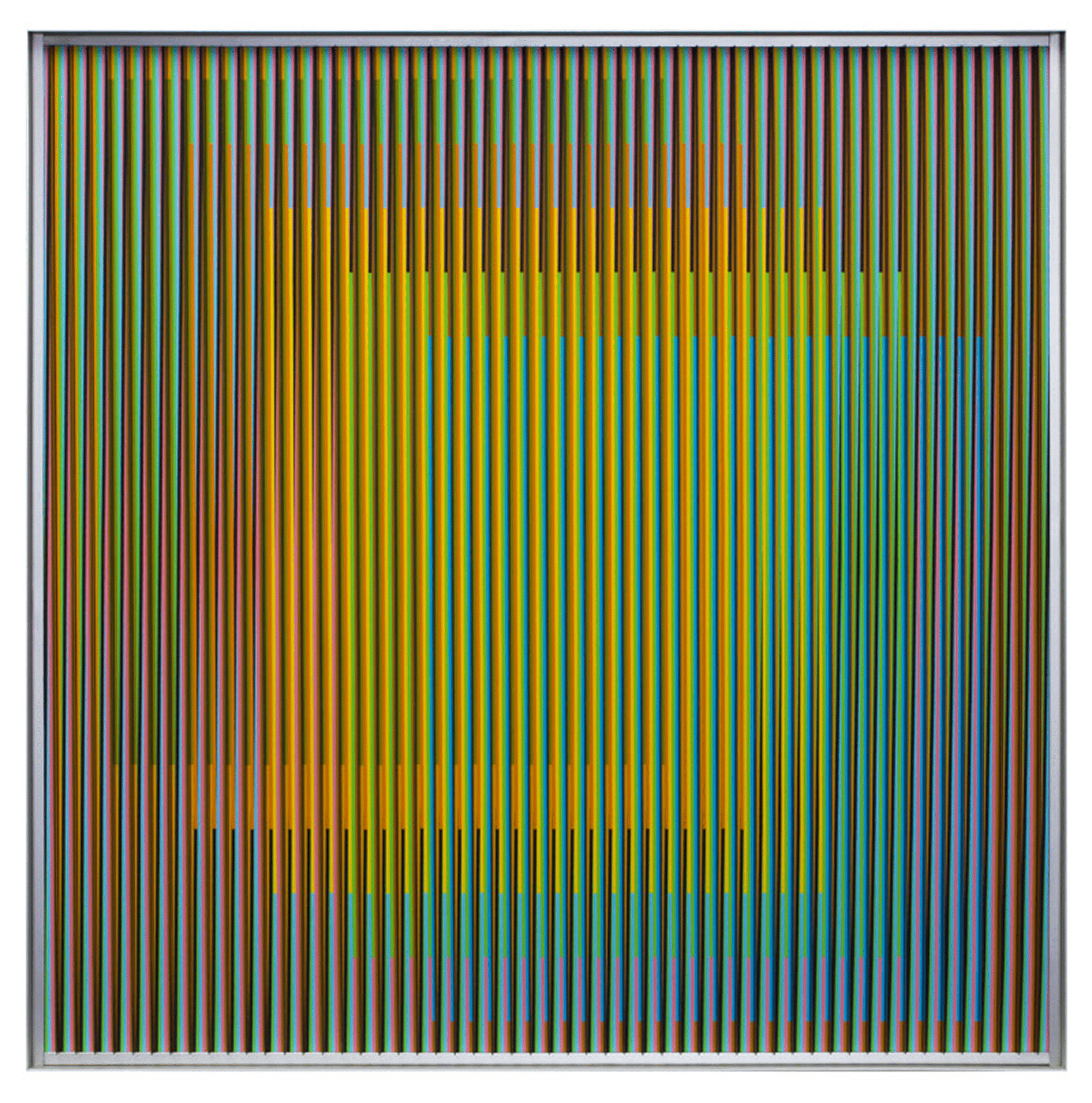

Although we can find stylistic similarities to 20th century abstract art, it’s important to note that QQL’s vast output range reaches well beyond these connections, establishing itself as a work offering an exceptionally broad artistic range.
Redefining Authorship
While we’ve established the connection between 20th Century instruction-based and QQL where artworks often require external intervention for them to be created or generated, QQL still presents a key distinction from these prior examples.
QQL shifts the artistic agency from the artist to collectors and curators. The visuals don’t manifest unless a viewer or participant interacts with the algorithm and asks it to produce a series of images. The vastness of the QQL algorithm and its constraints were decided by the artists, as well as the filters that parametric artists—the collectors that interact with the parameters—can use to roughly determine the visual range they want the algorithm to generate.
Hobbs and Mané have no say in which seeds are minted and become part of the final collection. Instead, this curatorial responsibility lies solely with the collectors. Consequently, collectors are not merely participating in a performance embedded within the artwork; they are directly contributing to its creation. This singular approach challenges conventional ideas of who authors and creates art.
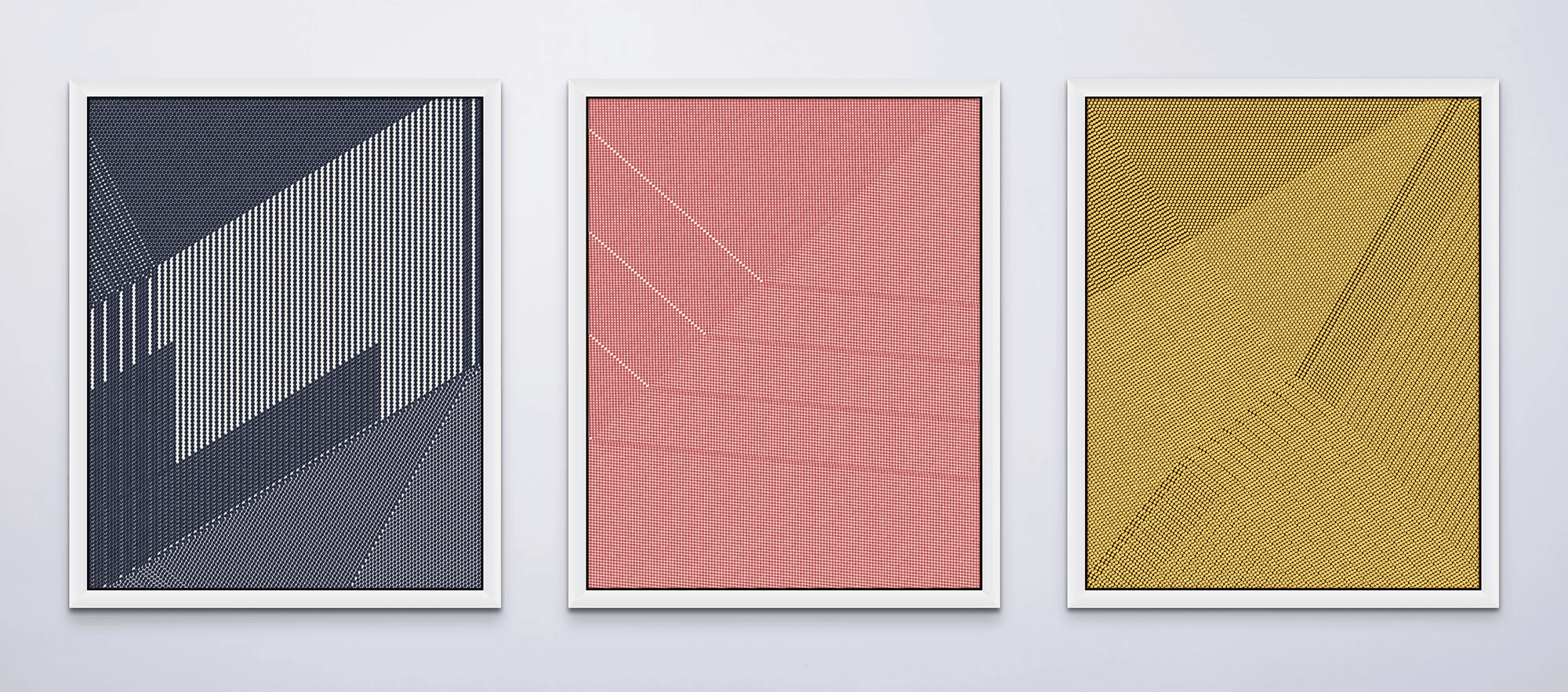
A community of parametric artists has emerged and solidified around the idea of extensively—obsessively—exploring QQL. Through platforms like Discord, community members share generated outputs, discuss aesthetic qualities, and collectively refine their understanding of the algorithm's potential. This distributed, communal curation not only influences the overall aesthetic direction of the collection over time but also encourages an artistic dialogue that elevates standards and results in the discovery of truly exceptional seeds. Often, the community's collective taste and insights directly shape the final body of work.
Beyond the Screen
Another way in which QQL stands out is its unlimited timeframe for completion. Mint Pass owners have no deadline to mint a QQL and this has allowed the artwork to unfold over time. During its first three years, a series of events and exhibitions have been organized helping showcase several manifestations of the algorithm.
For instance, the QQL anniversary is celebrated every year with a virtual party that encourages, cheers and discusses new mints from the algorithm. On top of that, every month a visual or conceptual idea is presented for parametric artists to explore the algorithm in a certain direction, collectively sharing seeds that follow the proposed theme.
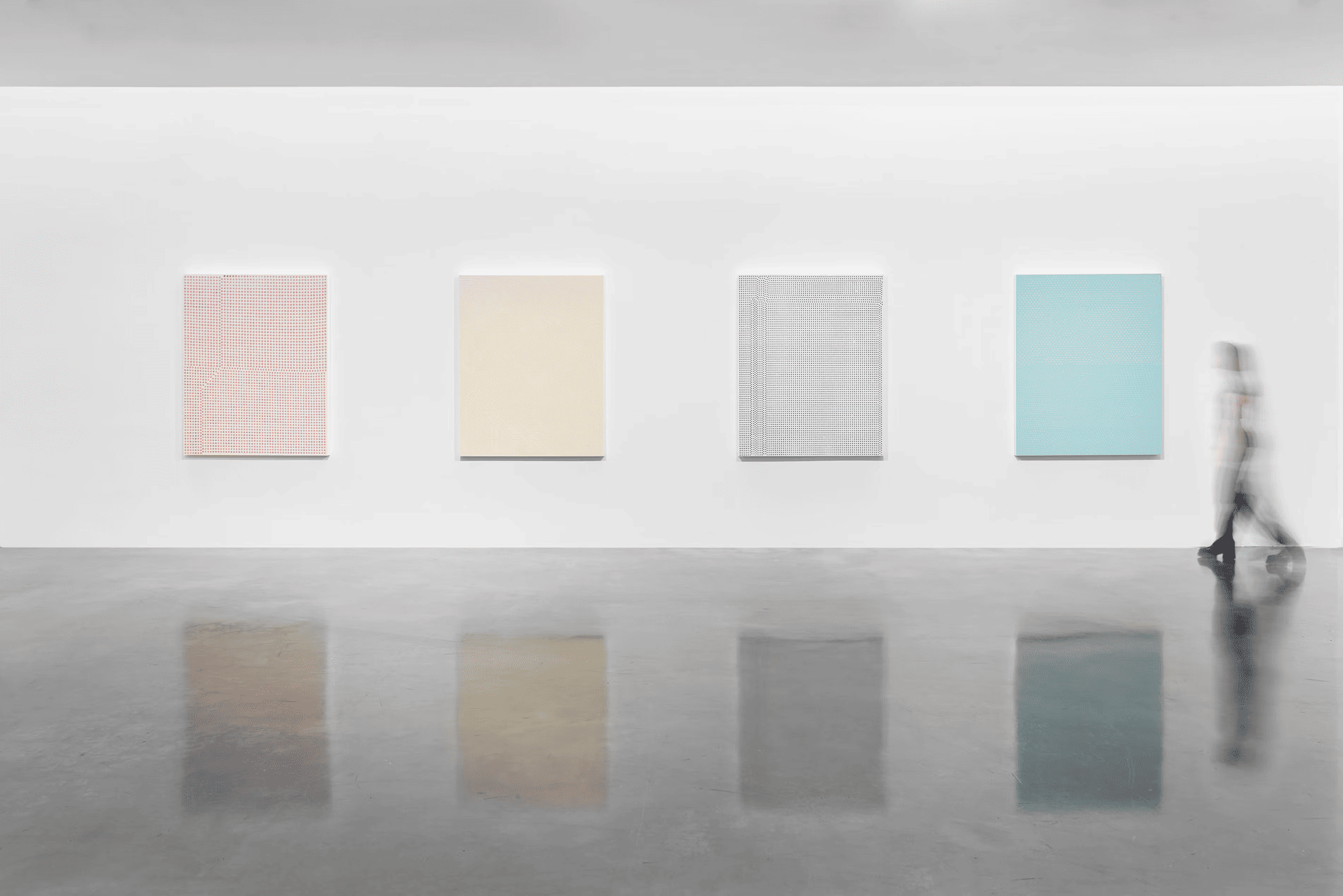
Tyler Hobbs has taken QQL to parallel paths presenting it in several exhibitions. In 2023, PACE Gallery in New York showcased “QQL: Analogs”, featuring 12 large-scale paintings born from QQL outputs. By blending the precision of a pen plotter with a human touch, Hobbs explored chaos and order, creating diverse visual effects that bridged digital and traditional art. Also in 2023, he painted a large mural, Two Lovers in Structure, in the heart of Tokyo, using similar rings and colors as those present in QQL.
Additionally, QQL has been displayed in museum exhibitions around the world—most recently at the Toledo Museum of Art in Ohio as part of the “Infinite Images: The Art of Algorithms” exhibition—where the “generation station” has been introduced as an approachable and interactive way to bring QQL to museum visitors. Said visitors are given the opportunity to generate seeds by tweaking the algorithm’s parameters, allowing them to actively participate in the generation of QQL seeds displayed onto the museum’s walls.
To the casual observer, QQL might appear to be just "just another long-form generative art project." However, its true interest and profound significance in contemporary art quickly become noticeable for anyone diving deeper into the algorithm and spending a sizable amount of time rendering QQL seeds.
In QQL, we discover a truly co-creative endeavor where the artists have boldly passed the torch to the community and parametric artists, provoking a collaborative experience that fundamentally challenges and redefines artistic authorship and curation. It masterfully uses blockchain technology and participatory mechanics, not as mere novelties, but fully in service of the artwork itself.
Moreover, QQL doesn't exist in isolation; it reflects both abstract aesthetics and the long, rich evolution of generative art. It stands as a pivotal example of how new approaches can open up dynamic forms of artistic expression and build vibrant community engagement.